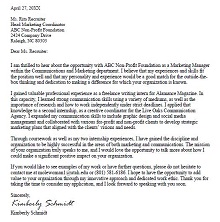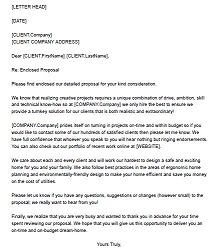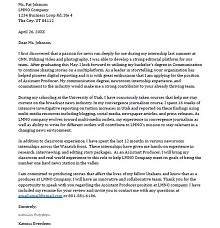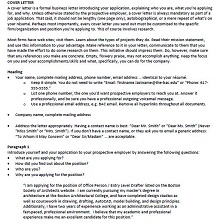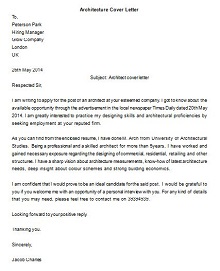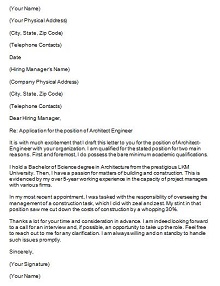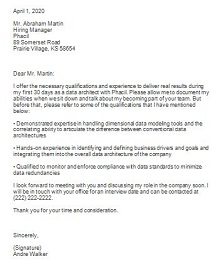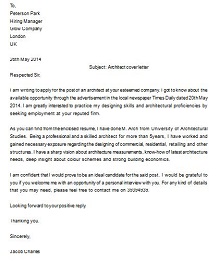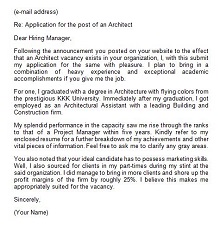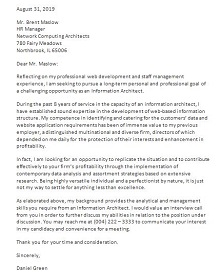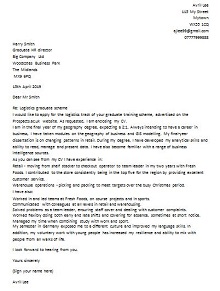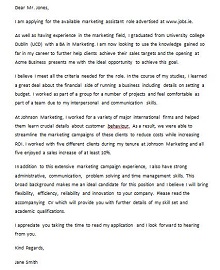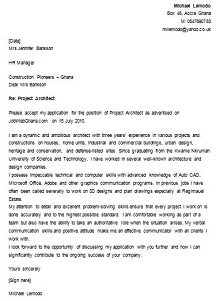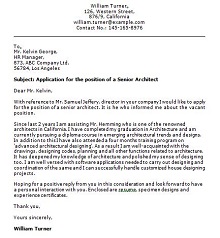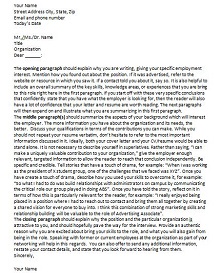20+ Job Application Architecture Cover Letter Examples & Samples
An Architecture Cover Letter is an important part of any job application in architecture. It should serve as an introduction to the applicant and provide a chance to demonstrate writing abilities and their understanding of the company or position for which they are applying. It presents the opportunity for these applicants to emphasize qualities, accomplishments, and experiences most relevant to the role and showcase why they are ideal candidates.
An effective cover letter should be concise and include specifics about the applicable experience. Additionally, making a personal connection between employers’ needs and the candidate’s experience allows them to highlight their best assets while also creating a professional connection, and this can make a significant difference in how hiring managers view each applicant. A successful cover letter creates great potential for both candidates and employers.
- Accounting Templates
- Art & Media
- Budget Templates
- Business Templates
- Calendar Templates
- Certificates
- Charts
- Education Templates
- Inventory Templates
- Invoice Templates
- Letter Templates
- Medical Templates
- Personal Templates
- Project Plan Templates
- Timesheet Templates
Download Free Architecture Cover Letter Examples & Samples
What is an Architecture Cover Letter?
An Architecture Cover Letter is a document that accompanies an architecture-related job application and outlines the applicant’s skills and experience. It is a unique way for candidates to stand out from competing applicants, showcasing their knowledge and expertise within the field of architecture.
In addition to listing one’s qualifications, cover letters go a step further by discussing why an applicant is passionate about the position and organization they are applying. A quality architecture cover letter should demonstrate that the candidate matches the organization’s culture, values, and goals to draw attention to their application package.
Importance of a Well-Written Architecture Cover Letter
When applying for an architecture job, a cover letter can be the most important part of your application. Its purpose is to introduce you as an individual and highlight special qualifications that make you the ideal candidate for the position. Your cover letter should showcase your professionalism while providing insight into your enthusiasm and capabilities.
It should succinctly present your background and demonstrate your field knowledge with competent writing skills. Additionally, it should emphasize why you are interested in the position and how you plan to contribute positively to the organization. Writing a compelling cover letter can be a deciding factor that sets you apart from other applicants and makes you the ideal candidate for the job.
Tips for Writing an Outstanding Architecture Cover Letter Sample
A cover letter allows you to make a great first impression on potential employers. When applying for an architecture job, you want to ensure that your cover letter stands out. Here are some tips on writing an appealing architecture cover letter sample that will help you get noticed by potential employers.
Start with the Basics
It is important to start on the right foot when writing your architecture cover letter sample. Start with a greeting and address it to the person reviewing your application. Make sure you spell their name correctly, as this shows attention to detail and respect for the reader. After that, introduce yourself and state what position you are applying for. Be sure to include any relevant certifications or education related to architecture to demonstrate your qualifications.
Make It Personal
Your architecture cover letter should be personalized and unique, as this will show employers that you have taken the time and effort to put together a well-thought-out application packet. Showcase qualities such as creativity, organization, problem-solving skills, communication skills, knowledge of design principles, leadership abilities, etc., demonstrating your qualifications for the job.
Furthermore, tell employers why they should choose you over other applicants; what makes you stand out? What sets you apart from other candidates? Use compelling language that captures their attention while still being professional.
Be Concise & Clear
It is important not only to get across all of the necessary information but also to do so concisely. Ensure each sentence has a purpose and uses concise language without sacrificing clarity or professionalism. Additionally, be sure not to include too much information; if there is anything else important about yourself or experience related to architecture that needs mentioning but does not fit into the paragraph structure of your letter, then consider adding it onto a separate page as a supplement or list of accomplishments instead of cramming it into one paragraph, Finally, remember to end your letter with a professional closing such as “sincerely” or “best regards” followed by your name so readers know who wrote it.

